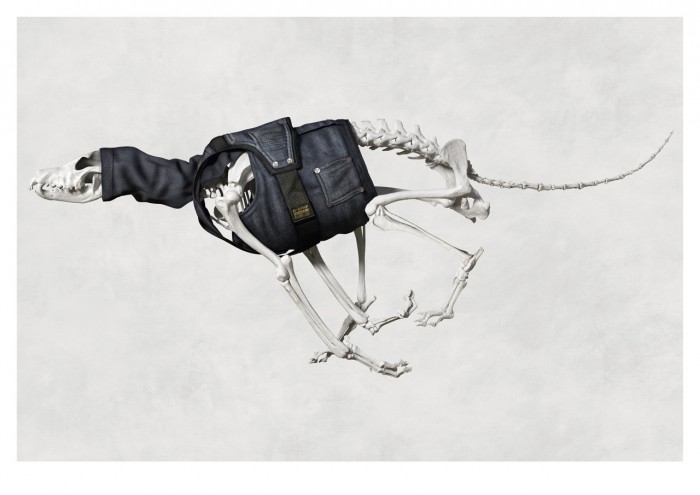
Shubhankar Ray entered the business of branding at a time when cultural was still underground and hadn’t yet been commoditised. When he was tasked with developing and constructing the brand image of Caterpillar, he took an almost counter-intuitive approach to the big production agency system: “I decided to go back to a very punk-rock, reality-based advertising, casting directly from the street and reconstructing street theatre for shoots. All based on the idea of urban reality.”
The success he achieved with Caterpillar led to a job at Spanish shoe brand, Camper where again he used this counter-intuitive way to construct a brand philosophy around rural reality and the concept of 'slow'.
A chance encounter with the owner of G-Star in 2006 led to him taking on the role of global brand director just as the brand started with their first consumer-facing communication.
By this time the media and advertising landscape had changed. With the breakdown of traditional media and the proliferation of mass and new media, information now moves freely. This means audiences are savvier, more literate; they have a better understanding of visual cultural and a much broader frame of reference.
I think in modern branding the old rules don’t work any more,” explains Ray. “In this new context, we have to finds new ways to communicate, new vocabularies because the world's changed. We have to respond to the outside situation, to consumer mentality and figure out how to stimulate desire without ever satisfying it.
He explains that brands have to find ways to dramatise themselves, to build a cultural universe around the brand so that there are external signals pointing to the brand and its values.
He gives an example of how G-Star has attempted to this: "G-Star aligns itself with the idea of celebrity because it has relevancy to the audience. We mix this up with art relevancy because it is where some of our influences come from and we believe in being a cultural agent in the audience’s world, so we incorporate music film fashion that are all interrelated. All these things distil into a melting pot that forms a cultural universe around the brand that allows for the dramatisation of the product. Brands have an interaction in the world and spend production money, so it becames viable to make these cultural signals through branding."
He goes on to explain that brands have taken over this cultural environment because they now have the ability to deliver cultural content. He also believes that while content has became the new advertising, in future it will not only be about content but also context.
“I think over the next five years, context is going to be another strand of advertising. Marshall McLuhan talked about ‘the medium is the message’ but I think we are seeing the conclusion of this idea because technology has allowed us to do this. Audiences have accepted the content; they are waiting for the content. Brands can now play an enabling role in culture because they can make things happen and delivery of certain unique cultural products for the audience," he predicts.
According to Ray part of the purpose of advertising and branding is to stimulate a reaction and part of it is to create desirability. "The actually satisfaction of desirability leads to death for a brand. This is how brands die," he says. "So how do you make a brand a living entity? A living entity evolves, it moves, it connects. Beyond provocation, for me it is really about connection. If the stimulation of desire is related back to the brand DNA, you create a connection that is far more powerful."
This connection is particularly important in the attention economy.
Today economics is driven by attention. In this attention economy you have to be surprising to get noticed. Impact becomes more important than advertising. It is the impact of what someone said or does that gets you noticed and if it is surprising enough it gets embedded in the culture, he concludes.






